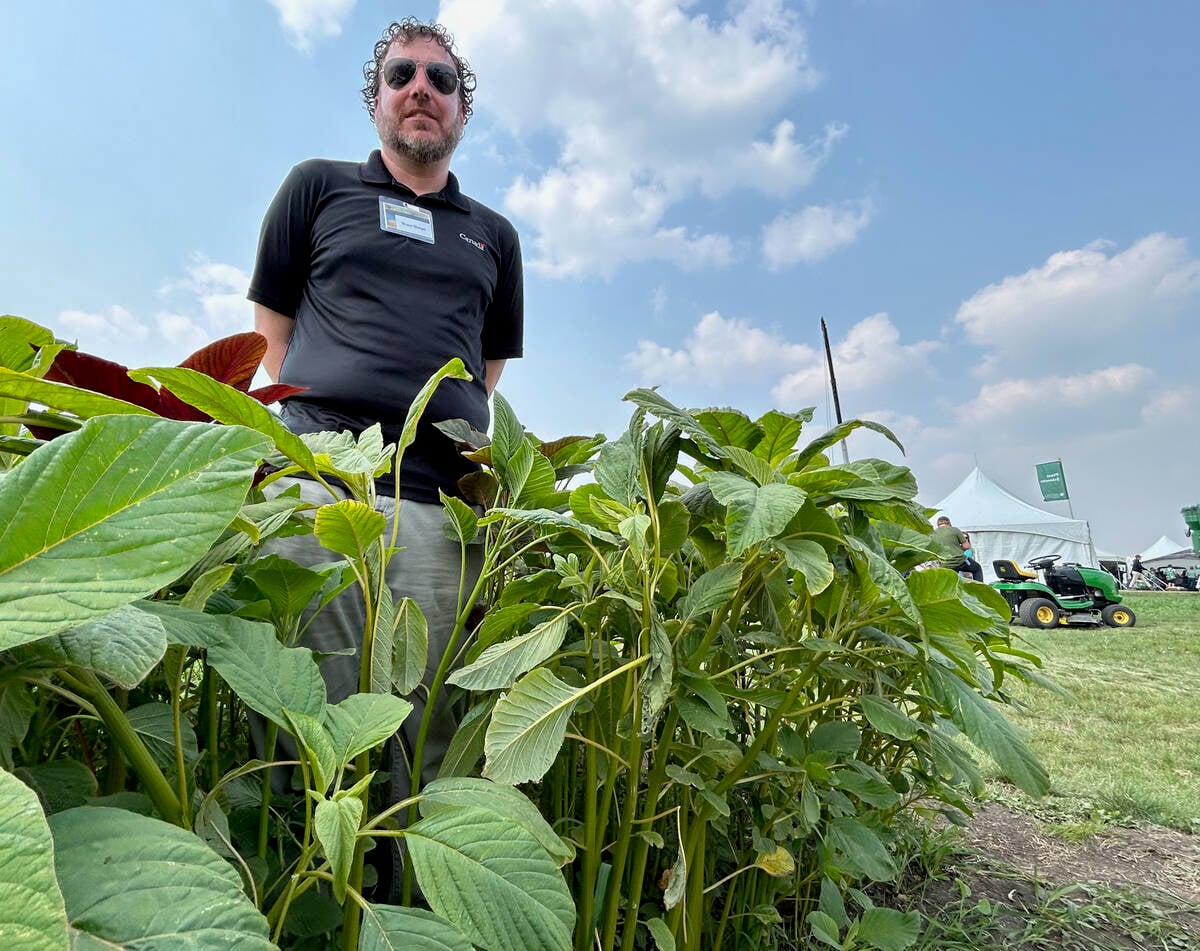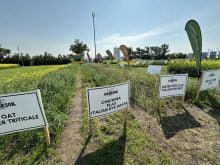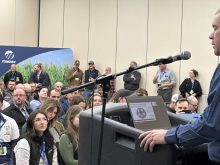Q: What should I ask my custom soil sampler?
A. If you missed out on fall soil sampling, you might be looking at hiring a soil sampler this spring. Soil sampling may be offered by retailers, independent agronomists or dedicated soil sampling companies.
The process seems straightforward — go to the field, collect soil in a pail and ship it to a lab — but all soil sampling services are not created equally! Ask these five questions to better understand the services offered.
1. What type of equipment do you use?
Most soil samplers use hydraulic equipment to make collection quicker and easier. These tools allow sampling at greater depths and in tougher soils (frozen, compacted, etc.) than a hand-operated probe.
Read Also

Glufosinate-resistant waterhemp appears in U.S. Midwest
News of glufosinate-resistant kochia in the U.S. is concerning as farmers are losing options to control waterhemp, also of the pigweed family.
Auger and probe-style samplers are both effective, but auger-style samplers generally mix the soil too much to separate cores into different depths.
[RELATED] AgDealerTV: TELUS Ag pickup truck gets into the dirt
2. What sampling depths are offered?
The ideal sampling depth for nitrate and sulfur is 24 inches but sampling this deep is sometimes impractical. A 12-inch sample generally provides a good approximation. Phosphorus, potassium, most micronutrients, organic matter and pH are best analyzed using a six-inch sample but can be estimated using a 12-inch sample as well.
Your soil sampler may offer split sample depths — zero to six inches and six to 24 inches provides the best of both worlds when available.
3. How are sampling locations selected?
Most soil samples are “random composite,” meaning cores are collected at random from representative areas across the field. Sampling locations can be chosen by the soil sampler on the go, or they may be planned in advance using historical satellite imagery, soil or yield maps and/or the input of an experienced agronomist.
Benchmark sampling is an efficient method where only a small but representative area is sampled. To ensure it is a good representation of the field, the benchmark area must be selected by a qualified agronomist alongside the producer.
Samplers may offer advanced techniques, like grid or zone sampling, which can be costly but provide more detailed information.
[RELATED] Soil moisture map for 2023: Les Henry
4. Are sampling locations recorded for future reference?
Some samplers use software that records GPS coordinates for each sampling location. The sampler can then return to the same locations year after year, providing a more accurate picture of changes to soil characteristics and fertility over time as spatial variability is reduced.
If odd or unexpected results come back from the lab, reviewing sampling locations can reveal whether non-representative soil cores may have skewed results.
5. What lab are samples sent to?
There are several soil laboratory options, and samplers may prefer to work with specific labs. Look for labs based in Western Canada that use a modified Kelowna extraction and are calibrated to the region’s soils and crops.
– Stacie Yaremko, PAg, CCA, is a manager of agronomic solutions in the Peace Region of northern Alberta for Nutrien Ag Solutions.














